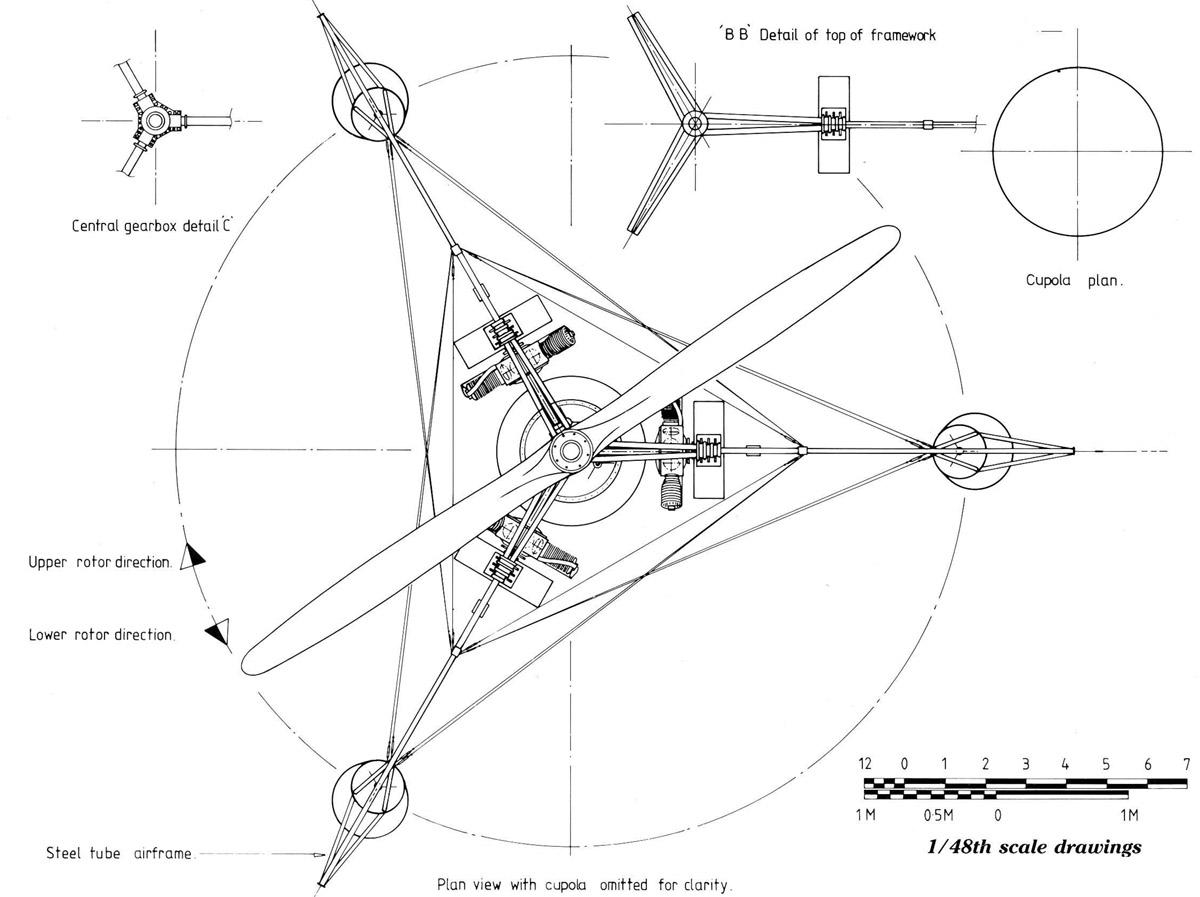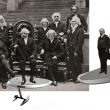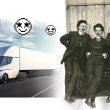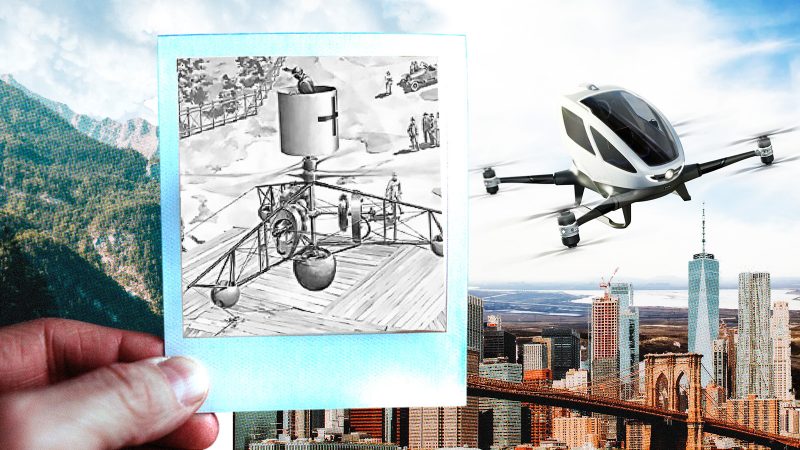Nowadays, it is hard to imagine the work of aviation without its representatives with rotors — helicopters. And indeed, when comparing this air vehicle with its main counterpart, we can highlight a few qualities that no plane can boast.
First, it is the helicopter’s ability to hover in the air without any horizontal movement.
Secondly, it is his practically limitless possibilities when it comes to taking off and landing
It can be hard to grasp, but the predecessor of the modern helicopter was created more than one hundred years ago, and the most interesting thing is that it almost turned out to be electric.
Home country of the first helicopters
It is not clear what can explain the incredible love of Austrians for propellers, but the fact remains: the first developments of helicopter machines happened here, in Austria-Hungary.
The first predecessor of modern cars was the flying vehicle of Austrian engineer Wilhelm Kress. It weighed 33 kilograms and took off into the air using an electric engine. It was 1895 and at that moment, nobody decided to invest in Kress’ questionable enterprise, who promised to build a similar helicopter, but which would weigh 352 kilograms, and would be able to take a human on board.
The next try — the development of an engineer with the last name “Kosh” in 1896. The blades of the helicopter were made out of dense wire, covered with canvas. As a result, this technical wonder couldn’t even lift itself off the ground.
All the other developments also didn’t succeed. One of the reasons for every other failure is insufficient funding.
War demands progress
With the start of World War I, the motivation to create a helicopter finally emerged. The thing is, on all fronts, for enemy surveillance people actively used piloted balloons. Because of their size and the filling, consisting of flammable hydrogen, this surveillance tool was an easy target, while also being dangerous to its own troops in case of incineration.
One of the eminent officers of the imperial aeronautic corps, Stephan Petrocci, knowing about the attempts to create an alternative to balloons in the years before the war, he formed a concept of use of helicopters in war.
The main points of this concept were the following:
- helicopter is smaller compared to a balloon, meaning it’s less vulnerable to the enemy fire;
- the tethering system will provide more control, power supply from the ground and telephone connection to the ground;
- the helicopter was equipped with a machine gun for self-defense, telephone for communication and a camera for documentation.
- in an emergency situation, the pilot would have used use a parachute.
PKZ Projects
Austro-Hungarian engineers of aviation facility “Oeffag” – Petrocci, Karman and Zhurovec (Petróczy-Kármán-Žurovec — PKZ) were extremely close to turning the concept into reality. But, unfortunately, their first development, which was called PKZ-1, utterly failed because of the burned-out engine made by the “Austro-Daimler”.
The failure of PKZ-1 deprived the aviation facility of state funding. But one of the developers, Wilhelm Zhurovec, found the sponsors in the face of Hungarian bank and “Liptak-Aktiongezelschtaft”, on the basis of which they continued working on the helicopter, which they later called PKZ-2.
The result of the work of engineers was the helicopter with two, six-meter whole wood helicopter blades, rotating in mutually opposite directions. Unfortunately, they had to forget about the concept of the helicopter, powered by electric traction. If engineers could find a contractor that was able to create an electric engine with the right parameters, the history of helicopters could follow a completely different scenario.
PKZ-2 had three internal combustion engines installed, called “Ron”, each providing 120 h.p. All of them were powered by the shared reducer.

The engines were attached to a truss, made out of pipes in the shape of a star with three edges. Under the truss, there were inflatable rubber containers. The cockpit was of a special interest — it was made out of plywood in the shape of a cylinder and attached above the propeller, meaning it was the highest point of the vehicle.
The total weight of the fueled helicopter was 1400 kilograms. After the vehicle successfully passed 35 test flights, the developers have finally decided to invite the army officials. Ironically, it was the 36th flight that turned out to be unsuccessful. The engine failed during the flight and the helicopter had to be landed immediately. But on landing, the crew failed to control the vehicle, and the helicopter fell on the ground.

This failure sparked a complete lack of faith in the development of PKZ, and on 21 of June, 1918, it was shut down completely.
This is how the history of the project, which could have given the world a unique air vehicle — a helicopter, powered by electric traction, ended. It is remarkable that humanity returned to such developments only 50 years later.







